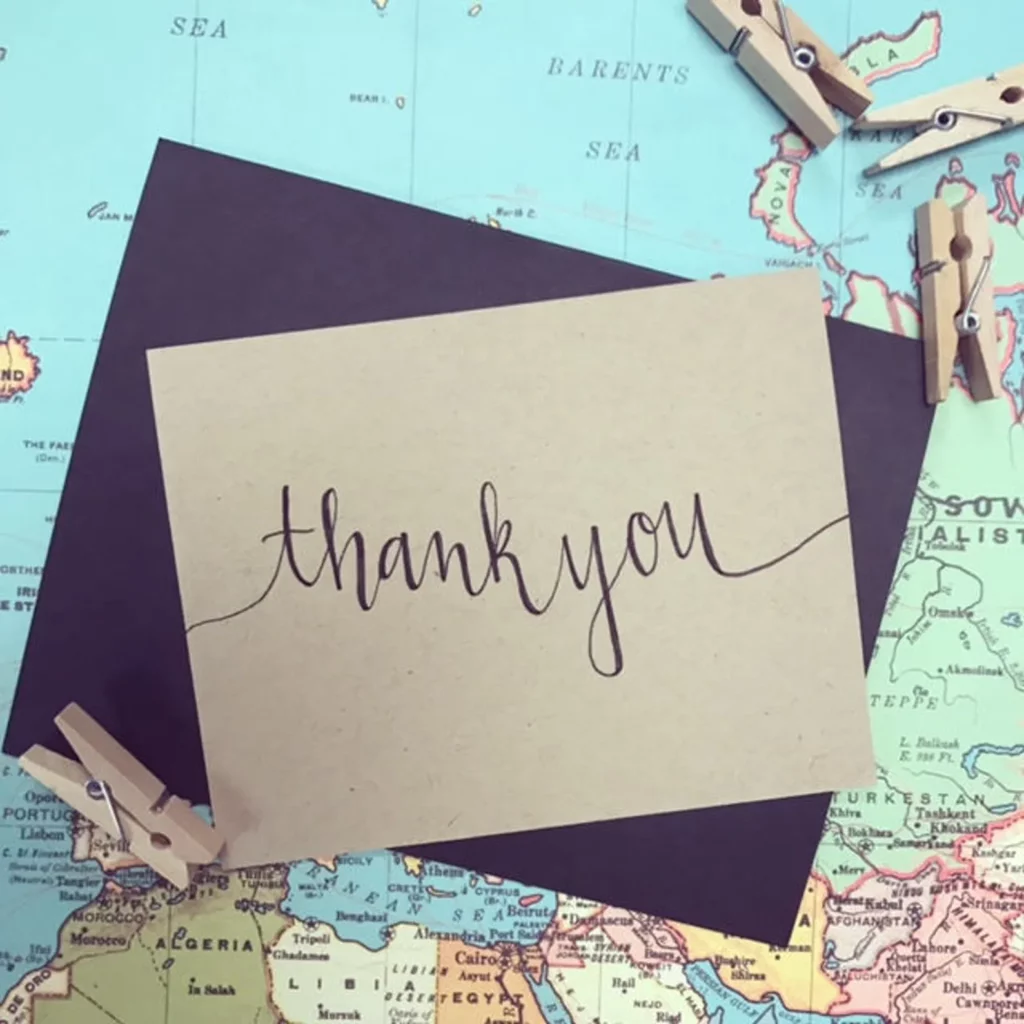If you've never been to a bridal salon, you may not realize how many different kinds of wedding veils there are. At first, narrowing down which wedding veil will best improve your overall style on your big day can feel daunting. With so many wedding ideas and fashions to consider, deciding whether or not to wear a veil is an important next step for many women.
See also: How to Select the Perfect Wedding Veil for Your Big Day
Any bridal ensemble would not be complete without a veil, and this is the ideal time to express your personal style. Your hairstyle and whether or not you want an elbow-length or cathedral/chapel-length veil are important considerations for traditional brides. If you're looking for advice on the greatest wedding veils, look no further than Emma Loves Weddings.
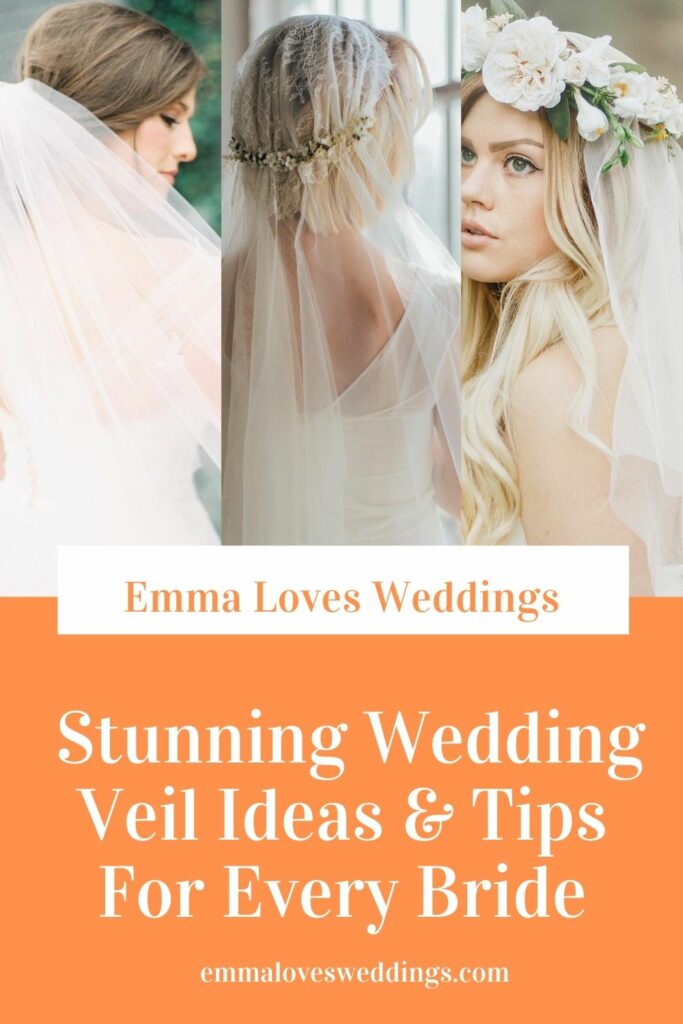
Different types of veils that can be worn at weddings
There are various types of bridal veils to choose from. The following are some examples of these:
- Birdcage
- One layer
- Two-layer (blusher)
- Mantilla
- Drop
- Angel Cut
- Barely there
- Waterfall
- Juliet cap
- Drape
- Skull cap
- Bubble
- Visor/Bandeau
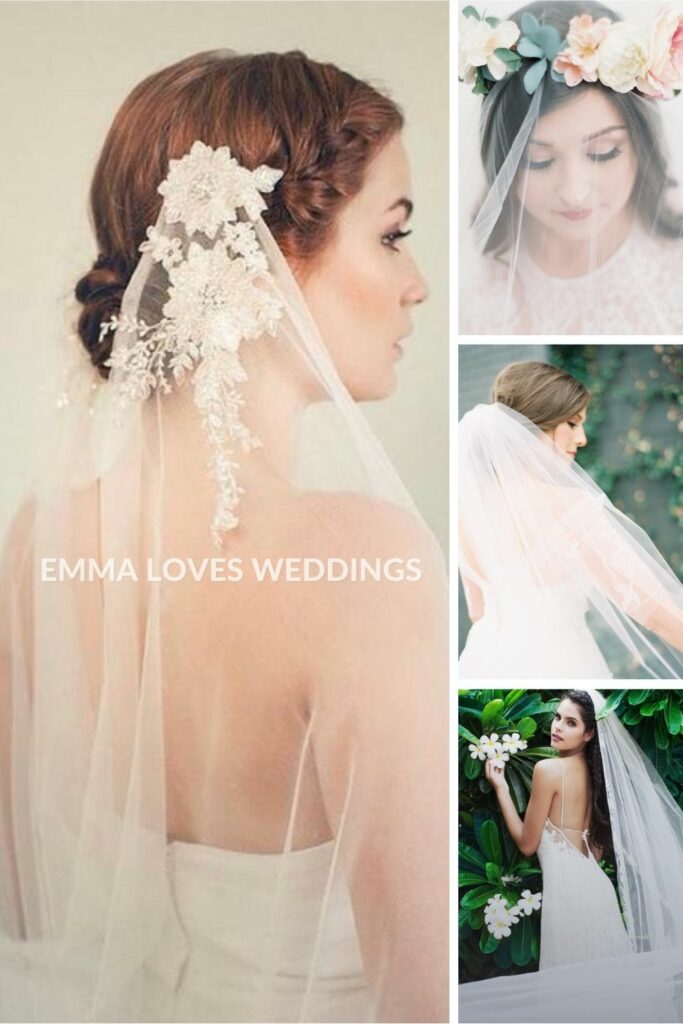

How long should my bridal veil be?
Typically, brides opting for lengthy, full-length veils inquire about this. They're trying to figure out the length of the train on their dress so that they can get the correct length veil to go with it.
Floor-length, chapel length, and cathedral length are the three standard lengths for full-length veils.

Which Wedding Veil Should You Wear?
One size does not fit all when it comes to a wedding veil. You'll want a bridal veil that complements both your gown and your hairstyle, so shop around. It should also suit your religious requirements, if any, and be a good match for your personal characteristics and sense of style.

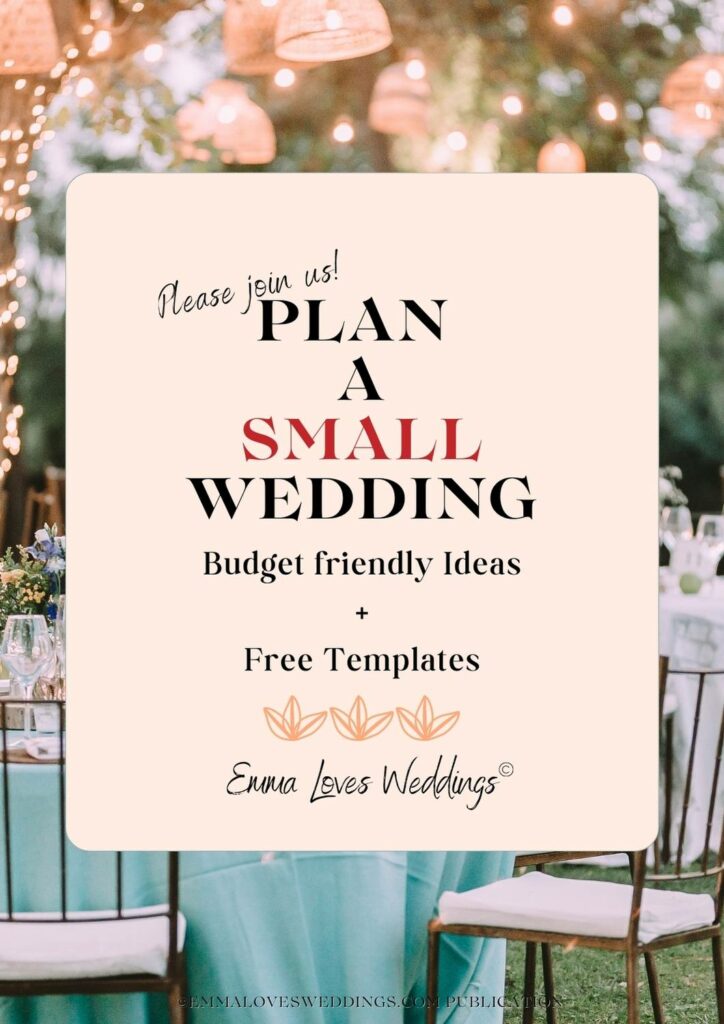
🦋FREE Wedding Planning eBook!
Hundreds of money-saving ideas from wedding experts.
Packed with useful planning ideas and tips, a finance tracker and free checklists.
By downloading, you accept our Downloading Terms of Use and Privacy Policy.
Things To Consider When Selecting A Wedding Veil
1. Choose Your Wedding Hairdo
In order to properly secure your veil, it's critical to think about your hairstyle first. Choosing a bridal veil that won't pull your hair down is critical if you've picked a design with a lot of volume on top. A Birdcage veil, which needs to rest flat on top of the head, looks stunning with a short, sleek bun or a loose, down style. Gathered veils can be worn both above and below the hairstyle of your choice.


2. Your Dress For The Wedding
The nicest thing is how your wedding dress is shaped and outfitted. A good rule of thumb is that the length and style of your veil should complement and enhance your dress. If your dress is short, you might expect a shorter veil. When worn with a long train, a cathedral-length veil creates a dramatic effect. Most gowns can be paired with fingertip veils or even a little birdcage veil, depending on the style and length of the dress.
Consider the most important features of your dress. A backless wedding dress or one with lace decoration on the back are good examples of gowns with a statement back that should be avoided when wearing a veil. To conceal your upper back, use a long, sheer veil with no embellishments or stitching. Veils with clean, bare edges are best when worn with elaborately beaded gowns. If your gown is simple, a lace or floral-patterned veil will provide visual appeal.
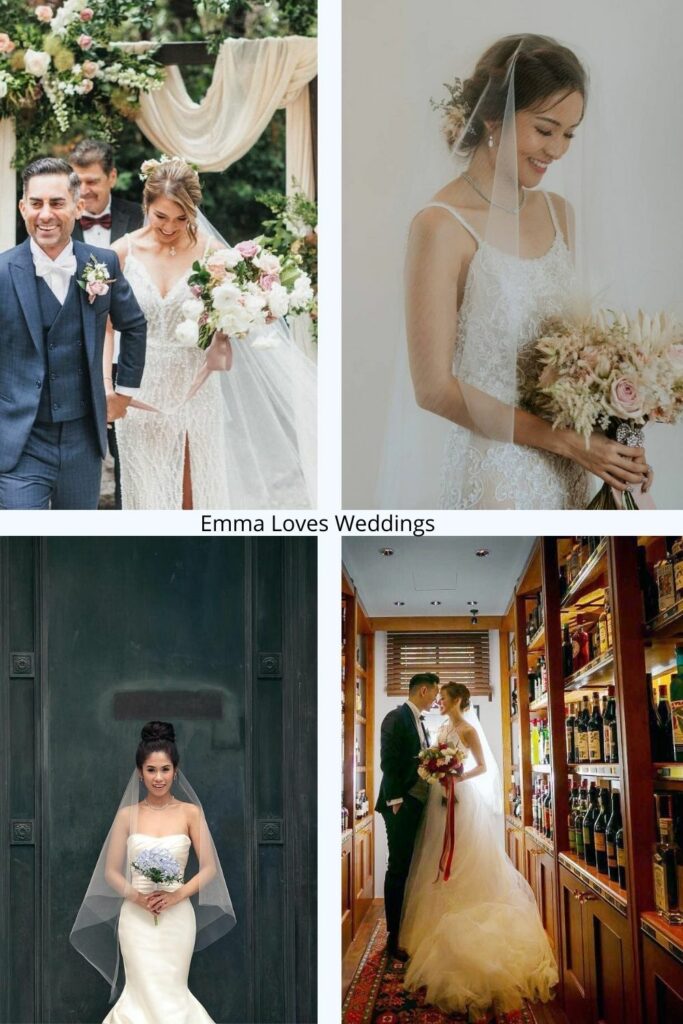

3. Your Venue
As with your wedding gown, the style of your veil should match the formality of your big day. A veil and blusher may or may not be required for a church wedding. For a beach or garden ceremony, a veil that is less traditional or chapel-length may be the ideal choice.


4. The Use Of A Veil With A Headpiece Or Other Jewelry
There are certain wedding veil types that work well with hair accessories like crowns and hairpieces. Even a modest, understated veil can be enhanced with one of these stunning accents.

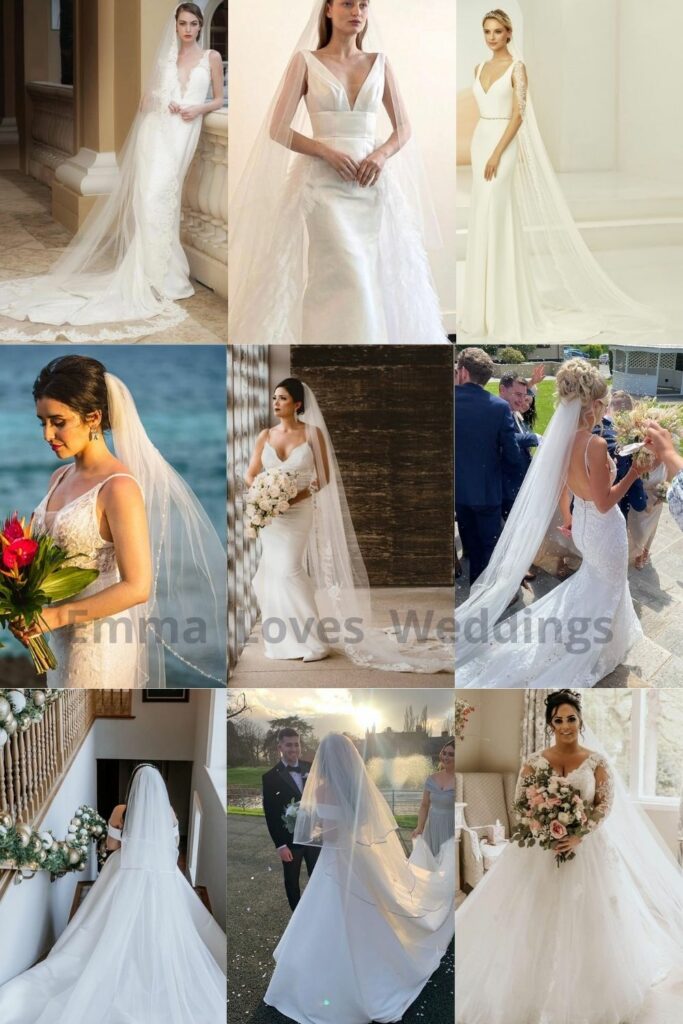
5. Consider Cultural Or Religious Traditions
Consider whether they matter to you while selecting your bridal veil. Whether you want to exchange vows in a religious context, it would be a good idea to find out if there are any rules that will influence the style and length of your veil. Be mindful that your decision may also be influenced by the cultural expectations of your family, which are sometimes implicit. Find out the expectations of both your own and your future spouse's families if this is important to you. You are allowed to select any style you want if tradition is not a factor.


6. Choose If You Want A Blusher
As the bride comes down the aisle, she traditionally wears a wedding blusher, also known as a drop veil. When she reaches her partner while still being walked down the aisle, it is either taken off or removed by her partner during the first kiss. The blusher can be used as a shorter, second-tier addition to a long veil or as a stand-alone veil.


Choosing a Wedding Veil: Some Pro Tips
- Before deciding on the length of your veil, think about the several ways you can wear your hair.
- The veil you chose for your wedding gown should not overshadow it.
- With a less elaborate gown, you'll have more options for an elegant veil, including one with embroidered, pearls, crystals, or Swarovski elements.
- Pin the veil on the top of your head if you prefer to wear your hair down in beautiful romantic curls for the best effect.
- A veil with a tiara or rhinestone flower comb can be worn with an up-do hairstyle. Avoid wearing a long veil over your shoulders.
- Bring your veil or any wedding-day hair accessories to your hair trial so that your stylist is prepared.

Image Via: shopbellasera / shopbellasera / belleandtulle / video_ali_rashad / weddingshoppemi / oceanphotoweddings / bridalveil / zaghruta / biancoevento / natalie_ann_brides / alaynakayephotography / lovesparklepretty / zoranadjordjevicphotography / weddingdressesguide / laviamordesign / savrsena.svadba / weddings_pageants_proms
Common FAQs On Wedding Veil Ideas & Tips For Every Bride
Does the veil have to match the wedding dress?
There is no requirement that your veil matches your dress exactly. To ensure that your veil balances out your dress without overpowering it, you could include one or two elements from your dress into your veil.
How do I choose the right veil to wear?
Intricate elements like lace or floral accents can provide depth and character to your gown if your dress is plain. For the veil, we like to look for any focal elements on the dress. Cuts immediately above or below horizontal lines can enhance the appearance of a veil.
Are veils out of style?
There is little doubt that today's veils have lost much of their meaning, of course depending on the culture. And, in today's society, they aren't even a necessary or required element of the ceremony or the wedding day in the U.S anymore. Even without the veil, many brides prefer to go bare-headed on their big day.
Do brides still wear blushers?
Any bridal accessory, including a blusher veil, is entirely optional. Modern brides aren't backing away from this wedding-day custom, as evidenced by this recent trend. As it is so personal, we see a fair amount of both. Brides may choose to use a blusher but not wear it or hide their face.
When should I order my wedding veil?
We think that between four and six months prior to the Big Day is the ideal time to order your veil and other accessories.
Do you wear a face veil when you walk down the aisle?
As she stands at the side of her groom, the bride removes her veil and exposes her face, which is termed the “blusher” in traditional ceremonies.
Do I wear my veil at the reception?
It's common for brides to wear their wedding veil for at least part of the day, whether it's for pre-wedding portraits, the ceremony, or even the reception. You should wear your veil for as long as you like if you love it.






